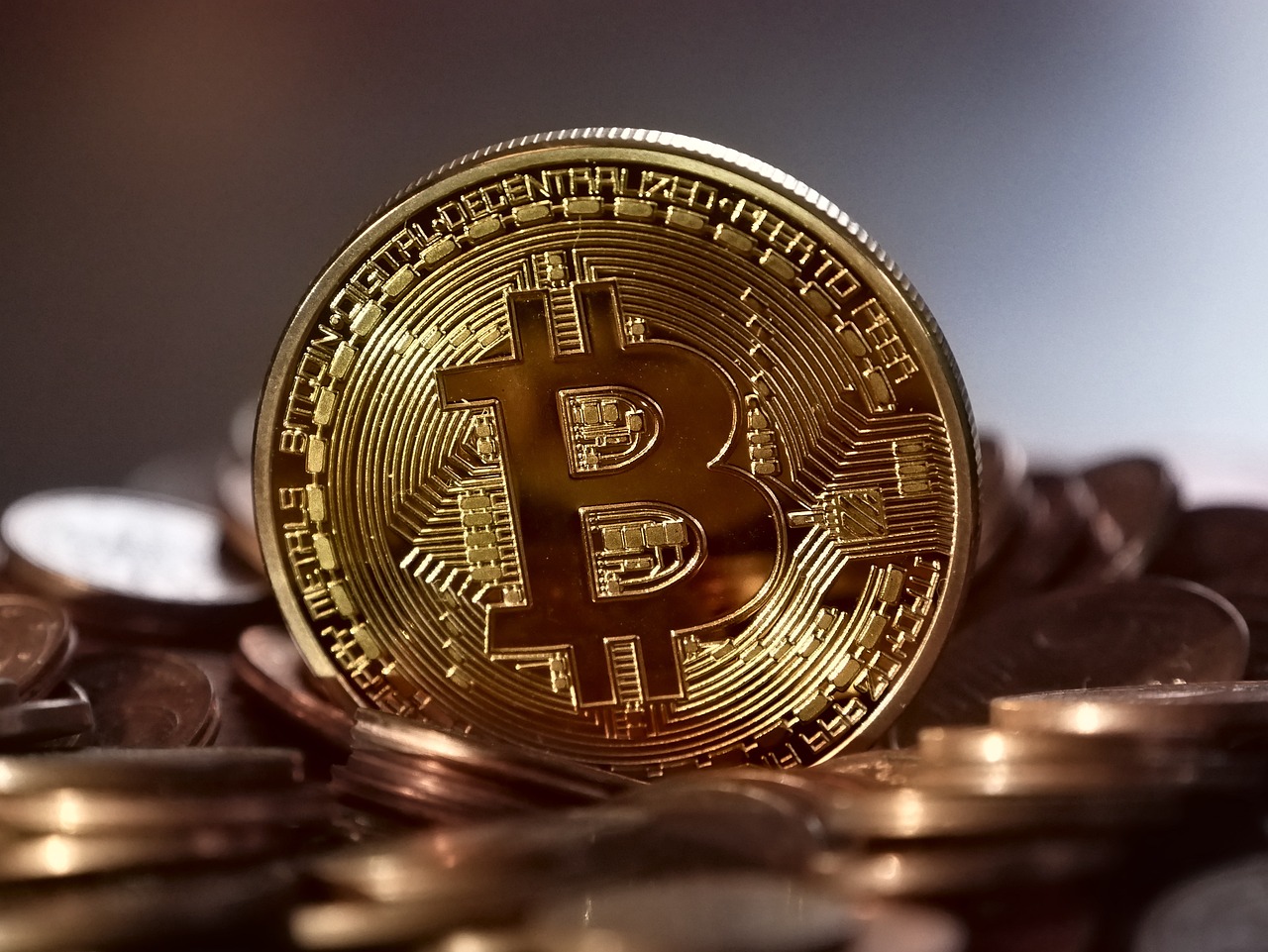Have you ever wondered about the history of money and cryptocurrencies? If this blogpost interests you, please read on. Money is a means of representation that emerges as a result of the effort of mankind to place goods and services in a systematic order. It cannot be said that technology has a place in the process from the invention of money to cryptocurrencies. However, 2009, the year when cryptocurrencies started to be used for the first time, can be considered as the beginning of a new process.
History of Money
The history of money is based on the Lydians who lived in the 7 BC. However, it can be said that people who continued their lives with hunting and gathering pioneered the birth of the shopping culture by developing the swap system among themselves. It would not be wrong to say that the inadequacy of the swap system while shopping often dates back to people to the invention of money.
What is the history of money? The emergence of money is not something that happens with the banknotes or coins we use today. Seashells used for trade in Africa and Asia are the first and most popular currency. Seashells in Africa was used as a currency until the 19 AD (1801–1900). In addition to the emergence of the banking system in Mesopotamia, grains, fabrics and different items were used as currency.
Starting to Use Paper Money and Coins
Ancient Greek Lydians (600 BC) were the first people to use coins. The limited amount of mines used in the production of coins, the heaviness of these coins and their excessive space forced people to invent paper money. As a natural result of this, the invention of banknotes by Chinese, the first paper money, dates back to 100 BC.
Use of Gold and Current Currencies
By the AD 17, jewelers in Europe used gold as a supportive collateral for paper money. After this date, gold was used as a popular currency for a long time. Later, due to the decrease in gold reserves, gold began to be replaced by the current currency. Gold has become a valuable investment tool today. Recent developments have shown that cryptocurrencies are about to replace paper money or coins.
Beginning of the Cryptocurrency Revolution
The first cryptocurrency Bitcoin is a digital currency that emerged in 2008 by a person or group known by the pseudonym Satoshi Nakamoto. Bitcoin is not actually the first digital currency. Because, the currencies used today easily change hands in the digital environment. The main feature that makes Bitcoins different is that it has a noncentral system. In this respect, Bitcoin has a system that is seen as an alternative to traditional currencies.
Although Bitcoin follows economic principles and market efficiency principles, it is quite different from today's currencies. Bitcoin, which is not controlled by a central administration, is a reliable and liquid asset with international flexibility. High demand, despite the limited supply in the market, causes prices to rise disproportionately in a short time. That's why Bitcoin is a value that attracts more and more investors every day. Although Bitcoin is the first and the largest cryptocurrency, there are more than 5 thousand cryptocurrencies today. Bitcoin became available for international circulation on January 3, 2009. We can explain Bitcoin's chronological history as follows:
1998 - 2009 (Before Bitcoin)
Although Bitcoin was the first cryptocurrency to be launched on the market, it was stored in ledgers protected with encryption before 2009. Two examples of these are B-Money and Bit Gold, which have been formulated but never fully developed.
• 2008 (Bitcoin Introduced All Over the World)
The introduction of Bitcoin to international circulation took place in a very unusual and simple method. Bitcoin was introduced by publishing an article by a person or group known as Satoshi Nakamoto, whose true identity remains a mystery to this day.
• 2009 (Bitcoin Started In Market Circulation)
Bitcoin trading, called mining, started with the first public offering of the Bitcoin software, which has an independent platform. In addition, all transactions made are recorded under the name of blockchain.
• 2010 (Bitcoin Gained Value For The First Time)
Until 2010, Bitcoin does not represent a monetary value. But in 2010, it was a turning point for Bitcoin when someone decided to sell 10,000 Bitcoins for the first time and bought 2 pizzas in return. (If that person were still holding the bitcoins rather than selling them, they could have made more than $36 billion by 2021.)
• 2011 (New Cryptocurrencies Appeared)
As Bitcoin's popularity has increased and the idea of noncentral cryptocurrencies has been adopted, alternative cryptocurrencies have emerged. New cryptocurrencies, most known as Altcoins, are basically software that support and reinforce the idea of Bitcoin. Among the first cryptocurrencies to emerge after Bitcoin are Namecoin and Litecoin, which are now very popular. (There are more than 5,000 cryptocurrencies in circulation as of 2021.)
• 2013 (Bitcoin Prices Dropped)
In 2013, the price of one Bitcoin fell rapidly, shortly after reaching $1,000 for the first time. In fact, the drop in the Bitcoin price to $300 has caused many people to suffer great losses. Afterwards, it took more than 2 years for the price of Bitcoin to reach $1,000 again.
• 2014 (Fraud in Cryptocurrency System)
No wonder the cryptocurrency system, which is anonymous and has a very weak control mechanism, is the target of fraudsters. Everything changed when Mt.Gox, the world's largest Bitcoin exchange, went offline in January 2014, and then 850,000 Bitcoins were suddenly seized by fraudsters. Billions of dollars' worth of Bitcoins are still missing, although investigations are still ongoing.
• 2016 (Ethereum Released)
In 2016, the Ethereum platform has been a major competitor to Bitcoin. This platform uses a cryptocurrency known as Ether to facilitate blockchain-based smart contracts and applications.
• 2017 (Bitcoin Price Reached $10,000)
As of 2017, the gradual increase in the places where Bitcoin can be spent has led to an increase in its value and popularity. Thus, more investments have been started to be made in the Bitcoin and cryptocurrency ecosystem. During this period, the market value of all cryptocurrencies increased from $11 billion to over $300 billion. Major banks such as Barclays, CitiBank, Deutsche Bank and BNP Paribas have begun to explore ways to use Bitcoin.
• 2020 - 2021 (Historical Summits Seen in Bitcoin)
The coronavirus epidemic that started as of 2019 has changed the economic balances around the world. Then, despite the big drop in the markets in the first half of 2020, there was a big rally in the Bitcoin market. A bitcoin that was around $9,000 in May 2020 reached $40,000 in January 2021.
Although most people are worried about the future of Bitcoin, the developments are a sign that cryptocurrencies will now become one of the next generation currencies. Cryptocurrencies can be used as a valid currency in many industries in the near future. In fact, the Cryptocurrency system, which is similar to the exchange system that forms the basis of modern money exchange, is also very interesting in this aspect. Therefore, cryptocurrencies may continue to be interesting for those who prefer innovative and transparent investment tools.









Comments
Post a Comment
Thank you